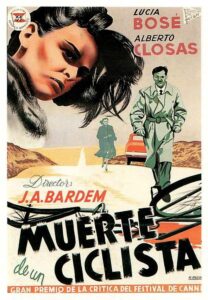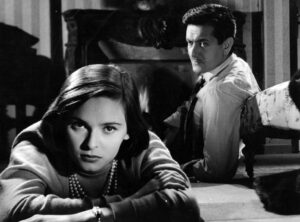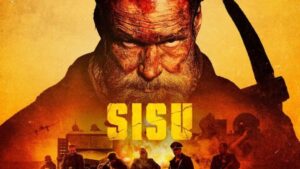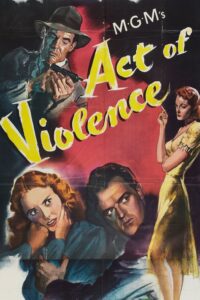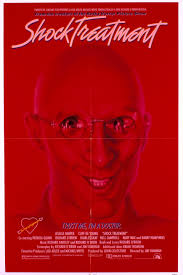It is a truth universally acknowledged that Raiders of the Lost Ark remains the best film in the Indiana Jones Franchise. The order of the following four movies in the series then depends upon personal taste. I would list the second-best entry as being The Last Crusade and third best would go to James Mangold’s Dial of Destiny.
After an extended sequence set near the end of the Second World War, with digital ‘de-aging’ to present Dr. Jones (Harrison Ford) as he might have appeared in that period and establishing some critical characters and events, Dial of Destiny is set in 1969, with a world that looks to futures in space rather than antiquity and Dr. Jones retiring from academia. Jones is no longer the man he once was, in addition to living alone in a dingy second-rate apartment, his once infectious charm has vanished, and he is unable to inspire even his student bored and listless in his class.
When his goddaughter Helena (Phoebe Waller-Bridge) arrives looking for information on a device that Jones and her father discovered in loot stolen by then Nazis, a globe spanning adventure begins as the pair are pursued by CIA agents, murderous thugs, organized criminals, and Nazi scientists bitter over the war’s outcome. The fate of the world will once again be determined by Indiana Jones and his ingenuity.
Director James Mangold (Logan, Ford v Ferrari) does a perfectly serviceable job helming this adventure. The film’s most serious weakness in my opinion is that some of the chase/action sequences are too lengthy. The character work is on point and there isn’t a scene with Phoebe Waller-Bridge that I did not find delightful. Mad Mikkelsen, as always, delivers a credible and threatening villain. There are enough call backs in the film to be fun without feeling that it lived only for ‘fan service.’
Dial of Destiny is ahead of the thematic breaking Crystal Skull and the continuity breaking Temple of Doom, (Isn’t it amazing that Dr Jones doesn’t believe in that hocus pocus stuff after his encounter in India?) but doesn’t quite have the personal character growth and arc of either Last Crusade or Raiders.
Indiana Jones and the Dial of Destiny is playing in theaters.




